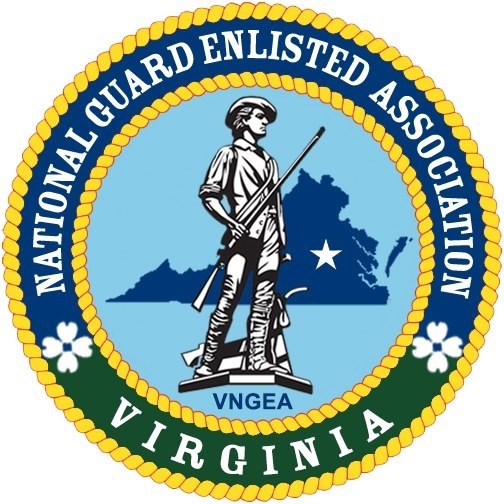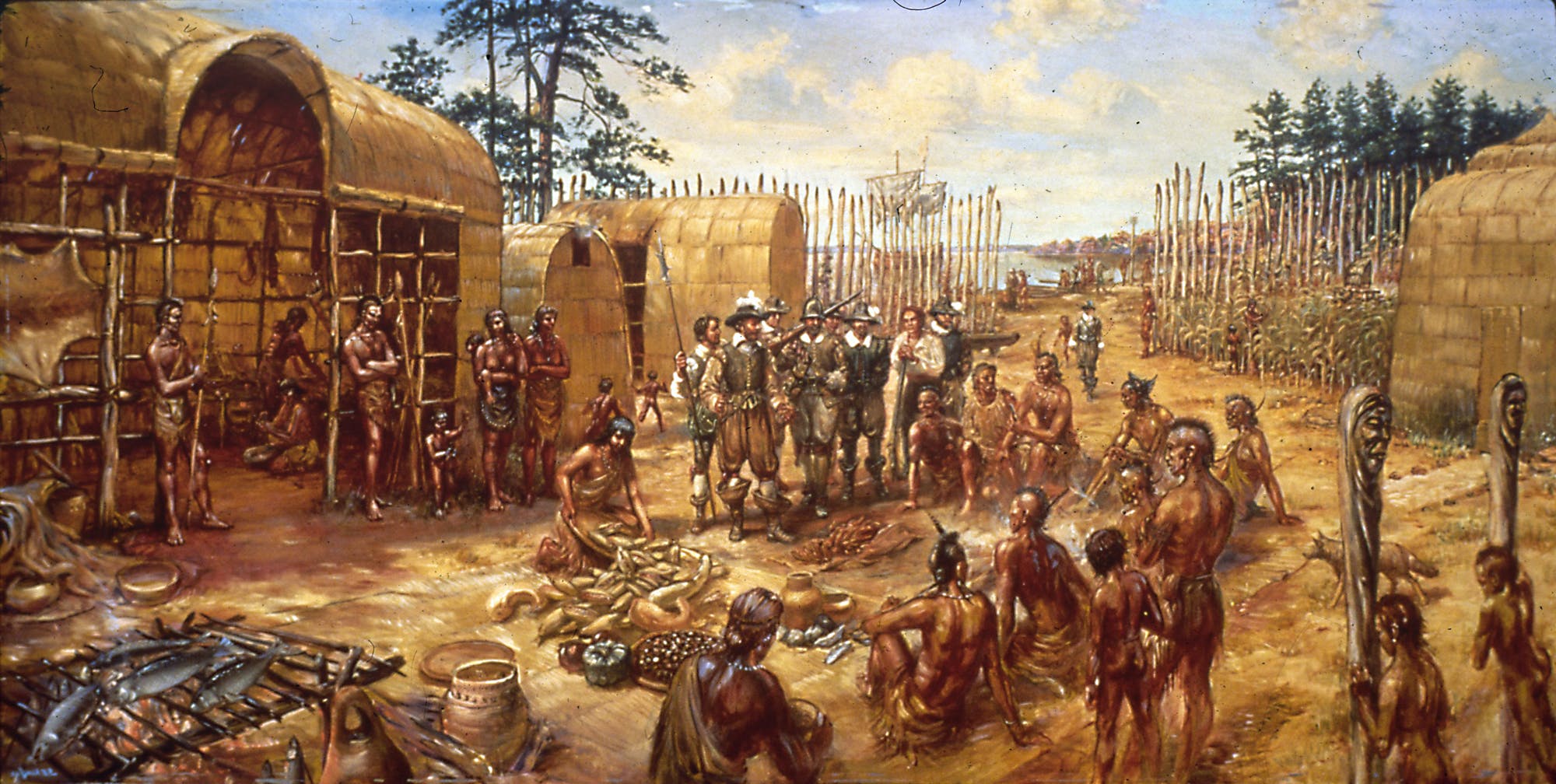RICHMOND, Va. — This past Sunday the National Guard celebrated its official birthday, but not all agree on the exact date. While the officially recognized National Guard’s birthday is December 13, 1636, the Virginia National Guard proudly traces its heritage and traditions of Citizen-Soldier service to the founding of the Jamestown Colony on May 14, 1607.
Why the discrepancy?
On Dec. 13, 1636, the Massachusetts colonial legislature directed that the colony’s existing militia companied be organized into three regiments. This date is recognized as the National Guard’s official birthday based upon the Department of Defense’s practice of adopting the dates of initial authorizing legislation for organized units as birthdates of the active and reserve components of the armed services.
According to the U.S. Army’s Center of Military History, during the nineteenth century considerable confusion existed among the elements of the U.S. Army as to the accepted procedures and methods for determining the prior history of units and their entitlements to honors for participation in various campaigns. Following the Civil War, several disputes arose over entitlement to embroider the names of battles on regimental colors. With the termination of World War I and the subsequent demobilization of the Army to peacetime levels, many units with long histories and numerous honors were lost from the rolls of the U.S. Army.
In an effort to prevent such confusion in the future, the Historical Section of the Army War College began monitoring unit histories and the provision of staff guidance to ensure that those units with the most significant heritage were maintained on the rolls of the U.S. Army.
The historians in the Organizational History Branch of the U.S. Army War College use principles first enunciated in the 1920s to ensure that the lineages are historically accurate. They consult official documents and other sources to verify each aspect of the lineage. These principles differ between units of the Regular Army and Army Reserve and those of the Army National Guard.
For the Regular and Reserve units, the Army follows general military custom in recognizing that a unit has a corporate identity that transcends the individuals assigned or attached to it. The organization’s history is traced through the intangible spirit of the unit itself, regardless of changes in the personnel that comprise it. Through this process, a unit retains an existence even during periods of inactivation.
National Guard units, on the other hand, use local identity as the basis of organization. All legislation since the colonial period has based units in specific geographic areas. Therefore, historians trace Guard lineages on the continuity of personnel from a specific place regardless of changes in the unit’s branch or designation Deviations from these principles are rare.
In Virginia, prior to 1652 formal military organizations were formed as needed and disbanded after the threat passed, and then the House of Burgesses (today the General Assembly) authorized the organization for each county to organize militia companies into regiments. The lineages of these regiments serve as today’s Staunton-116th Infantry Brigade Combat Team, the Norfolk-based 1st Battalion, 111th Field Artillery, the Petersburg-based 276th Engineer Battalion and others.
Even more confusing, the Florida National Guard celebrates the first known muster of Citizen-Soldiers in the continental U.S. during an annual “First Muster” celebration in St. Augustine, Florida. Their “first muster” took place on Sept. 16, 1565, when Pedro Menendez de Aviles gathered around him the soldiers of his small Spanish army, as well as the civilian settlers who had accompanied him to the newly established presidio town of St. Augustine. Because his plan called for the use of the majority of his regular soldiers, Menendez drew upon Spanish laws governing the militia, or militia, in an imperial province. As both the civil governor and the commander-in-chief of the military establishment, he had the authority to call all free male settlers in the presidio province to active service.
Regardless of who was first, it is obvious that the proud history of military service in the United States resounds in every community across America.
In the words of Gen. Daniel R. Hokanson, “As we celebrate the National Guard’s 384th birthday, take a moment to reflect on the courage and patriotism of those who came before us and consider the legacy we will leave behind. We are living in a pivotal moment, serving on the frontlines of a historic time. Now and forever, let us be remembered for being Always Ready, Always There.”
Happy 384th (414th) birthday National Guard!

